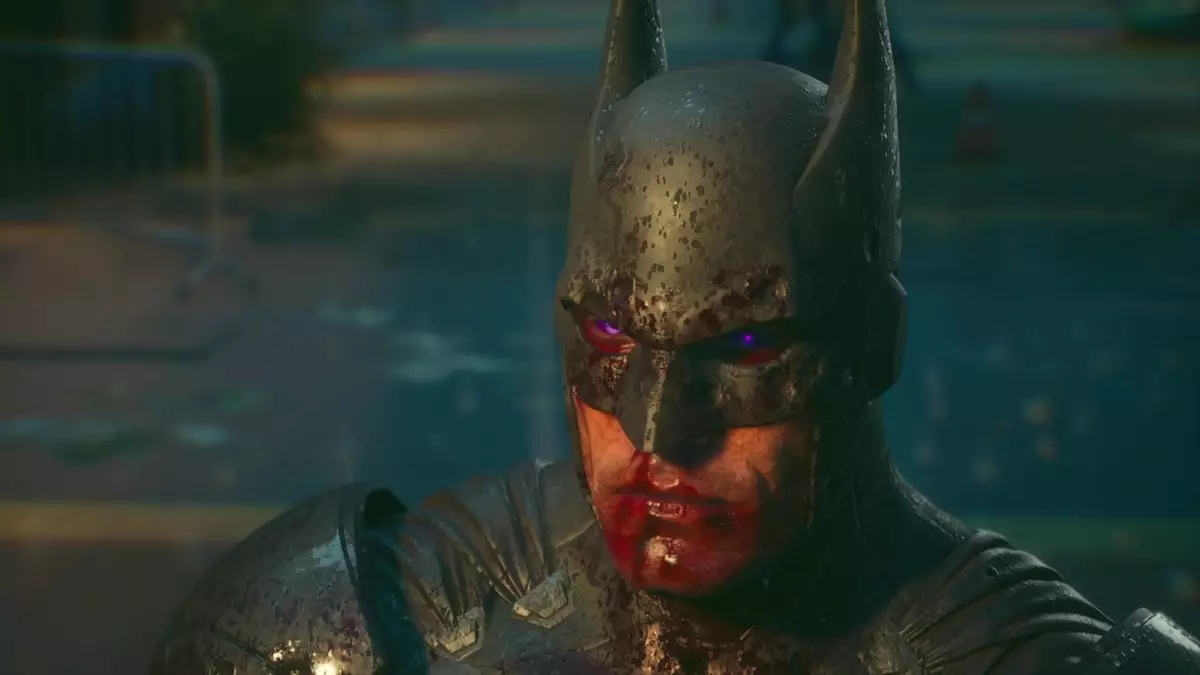The release of *Suicide Squad: Kill the Justice League* marked a notable moment in gaming, especially for fans of the beloved DC universe. However, the reception of the game quickly turned sour, with many players and critics expressing disappointment with its execution. The primary grievances revolve around repetitive gameplay mechanics, jarring combat systems, and the ultimately flawed live-service model. But the most contentious aspect of the game lies in its conclusion, which leaves a bad aftertaste for those who had hoped the narrative would redeem the overall experience.
Upon its launch, *Suicide Squad: Kill the Justice League* had high expectations, given the legacy of Rocksteady’s prior *Batman: Arkham* series. However, players soon discovered that the game was riddled with generic mission setups and a lack of innovation. While previous titles engaged players with deeply immersive stories and complex character arcs, this installment seemed to sidestep those strengths in favor of a repetitive co-op gameplay format. In this era of live-service gaming, many players have grown weary of the grind, and *Suicide Squad* failed to provide the enriching narrative that could have justified the time investment.
It’s important to clarify that a game’s mechanics can often mitigate other shortcomings. Yet, in the case of *Suicide Squad*, mission design and combat mechanics were not only underwhelming but also muddled in presentation. Players were left navigating a confusing labyrinth of actions rather than engaging in a coherent gaming experience. The disappointment stemming from gameplay was compounded by expectations for a profound narrative, which ultimately fell flat.
One central tenet of successful gaming is the narrative—a strong storyline can alter a player’s entire experience, creating an emotional attachment that transcends mere gameplay. *Suicide Squad* made strides in this direction by introducing a controversial and striking plot point: the death of Batman. This bold move initially excited fans, suggesting that the game was prepared to tackle weighty themes and challenge the status quo within the superhero genre.
However, the ending to this narrative has since ignited frustration among many. Delivered through a hasty comic-strip format, the resolution feels both rushed and unsatisfying. The revelation that the Justice League members were merely clones dissipates the emotional weight of their deaths, particularly Batman’s. Instead of providing a thought-provoking exploration of loss and sacrifice, players are left feeling that the stakes have been trivialized. It was as if the game was mocking the very seriousness it attempted to establish.
For many fans, this ending reeks of cliché—a narrative twist that seems to bypass authentic storytelling for the sake of fan service. Comic books are notorious for resurrecting characters; however, the choice to render the Justice League’s demise as an illusion robs the narrative of its depth. Fans of the *Batman: Arkham* series are left with mixed feelings—while they may be relieved that Batman survives, many can’t shake off the feeling that the journey was pointless from the outset.
Furthermore, the simplistic comic-style conclusion stands in stark contrast to gamers’ expectations for a grand finale. With a treasure trove of narrative potential, the decision to end with a two-minute comic rather than a fully rendered 3D cutscene seems a baffling misstep. Many players view such a choice as an indication of laziness, solidifying concerns over the game’s overall quality.
Player engagement statistics speak volumes regarding the game’s reception. At launch, the player base peaked significantly, but subsequent months have seen numbers dwindle sharply, leaving only a fraction of players still invested. This decline underscores a greater narrative issue: if players are not emotionally engaged with a game’s ending, the likelihood of returning for additional content diminishes greatly.
Ultimately, *Suicide Squad: Kill the Justice League* has become emblematic of greater issues within the gaming industry, particularly regarding the emphasis on live-service models. In an age where players crave meaningful stories alongside engaging mechanics, the inability to deliver either leads to disappointment—a stark reminder that even the most iconic characters require thoughtful treatment to resonate with audiences. In this case, what was intended as a hard-hitting narrative fallout turned into an anticlimactic resolution, leaving players to wonder what could have been.


Leave a Reply